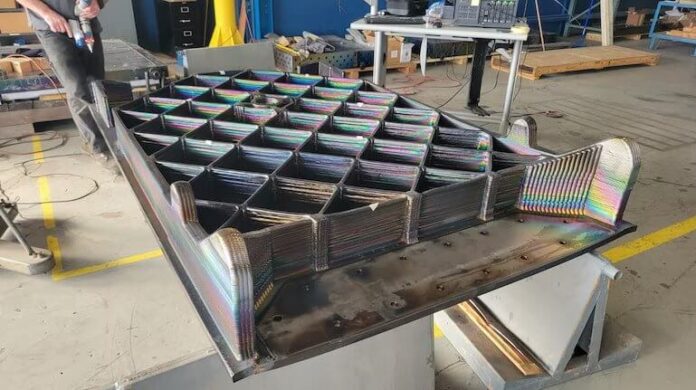3D prints ensure astronaut safety during an aborted launch of spacecraft.
Story so far: Ankit Aerospace, a Bengaluru-based manufacturer of parts and components for the global aerospace industry, is innovating astronaut safety. With the Gaganyaan launch in 2024 around the corner, the firm is maximising the manufacture of additives for the mission while reducing the use of titanium for spacecraft. It displayed its 3D-printed grid fins at the Aero Show 2023.
- The company makes large-sized grid fins through Electron Beam Additive Manufacturing (EBAM) technology. The Titanium Alloy components are printed in a large vacuum chamber.
- The input material is a Titanium alloy wire. An electronic beam melts this wire into layered deposits that come together to form the grid fin component on a substrate plate.
Why it matters? The 3D-printing method is an improvement in the past since it minimises the usage of titanium. Grid fins are conventionally made by carving out the structure from a block of metal – not unlike how sculptures are carved out of stones. The new technology, however, reduced the buy-to-fly ratio of grid fins from 21 to 4.
- If there is a mission failure or an aborted launch, separating the crew model from the rest of the spacecraft is one of the topmost priorities. This involves pushing the former upward for 10 to 12 km and descending securely as the grid fin is deployed.
Then and now: Four years ago, ISRO used a problem statement regarding additive manufacturing and asked companies to work on it. Ankit Aerospace took up the mantle and worked on it with help from ISRO. After the grid fins undergo a slew of tests and are approved, the company is likely to continue making more grid fins for the space agency.
(Image credits: Anshumaan Pratap Singh’s Twitter post)

